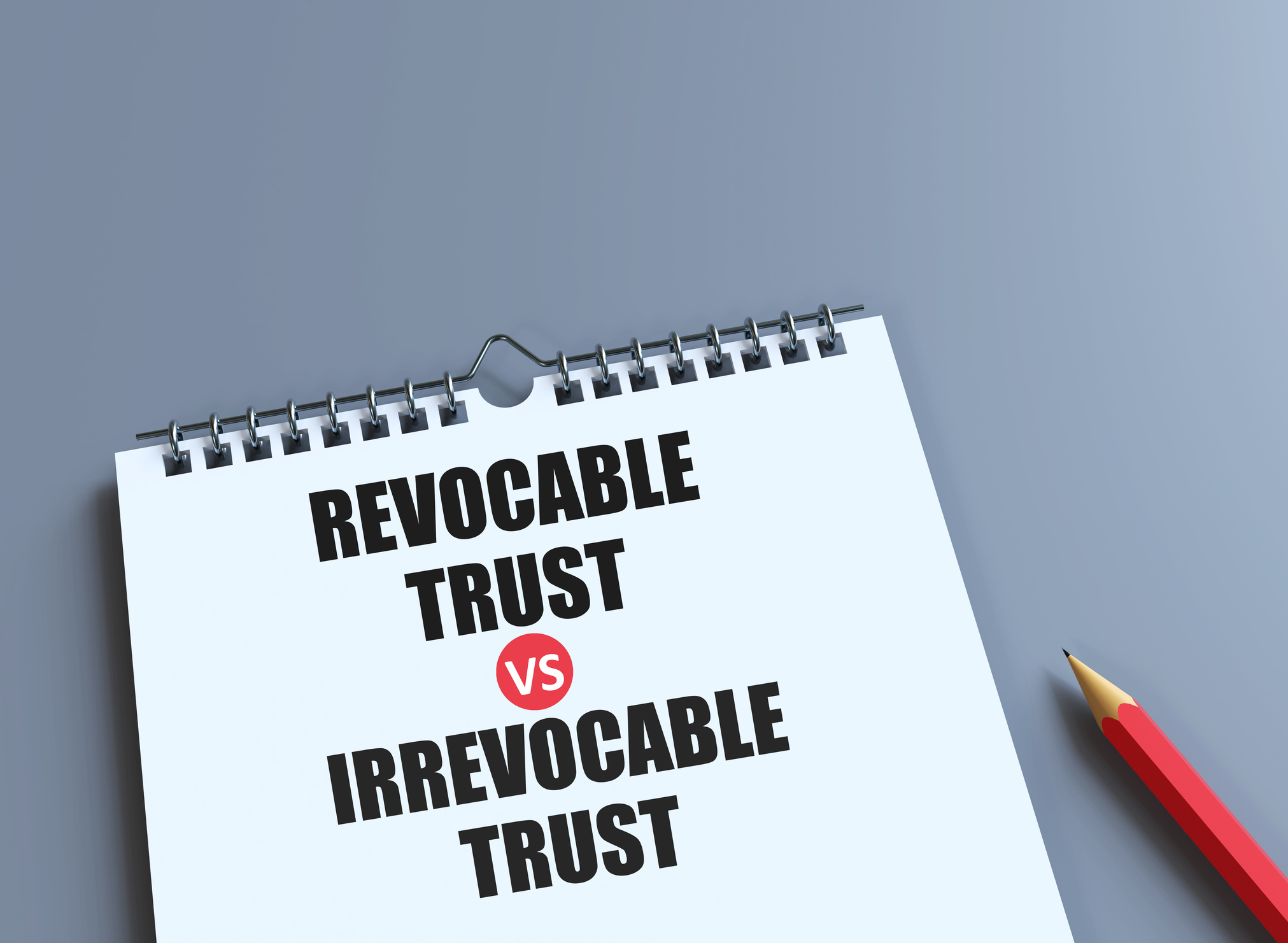How to Break Free From the 'One More Year' Trap and Actually Retire
Despite having more than enough money to retire, some people simply cannot leave their jobs.


Maybe you’ve saved plenty of money for a happy retirement. But, for any number of reasons — sense of identity, purpose, or social connection — you just can’t say goodbye to the office. For some, work can offer structure and status that retirement might not replace. For others, it’s about staying mentally sharp, avoiding boredom, or having a deep attachment to the job. Financial security doesn’t always address these emotional or psychological needs.
According to the Pew Research Center, while 66.9% of people aged 65 to 74 have left the workforce, only 17.1% of people aged 55 to 64 are retired. Since the early 1990s, people have been working longer despite rising household wealth and a falling poverty rate.
So what is the one more year trap, and how do you overcome it?
From just $107.88 $24.99 for Kiplinger Personal Finance
Become a smarter, better informed investor. Subscribe from just $107.88 $24.99, plus get up to 4 Special Issues

Sign up for Kiplinger’s Free Newsletters
Profit and prosper with the best of expert advice on investing, taxes, retirement, personal finance and more - straight to your e-mail.
Profit and prosper with the best of expert advice - straight to your e-mail.
What is the one-more-year trap?
People stay tied to their jobs beyond money for a few key reasons. Their work often gives them a sense of identity — it's who they are, not just what they do. Leaving the workforce could feel like losing a piece of themselves. Some stay for one more year because they crave the daily grind and purpose their job provides and they fear retirement may feel like a void without that daily rhythm.
Social connections and work friendships also play a big role, as leaving means risking loneliness in retirement. Some love the mental challenge or the status their role brings and fear the possibility of boredom or irrelevance in retirement. Working one more year seems like the perfect remedy to fill the mental gap retirement can leave.
Why stay on the job when you can clearly retire?
Staying on the job despite being able to retire often comes down to personal fulfillment, purpose or practical considerations. You may love your work, finding it meaningful or energizing, and retiring might feel like losing a part of your identity.
Financially, staying employed can further boost your already substantial savings, delay you tapping into retirement funds, or maintain benefits such as health insurance, which is projected to increase significantly. Medicare’s Hospital Insurance Trust Fund is expected to be depleted by 2036 under current trends.
On the flip side, retiring could free up time for hobbies, travel, or spending time with family, but it might also bring boredom, isolation, and a sense of loss for those who thrive on the demands of work. It’s a trade-off: purpose and income versus freedom and leisure. The decision hinges on what drives you — security and engagement or the desire for a new chapter.
My dad, who worked his entire life to build a substantial nest egg, never actually retired, but clearly could. He worked part-time selling real estate to stay connected with the community and the friendships he’d built at work over the years. Although there were times when he hated the late hours, he just couldn’t walk away; he traded retirement for feeling needed, productive, and important.
For other people, it may be the all-too-common inability to recognize what is enough. Have I saved enough? Will we run out of money if we retire now? (The latest figures by Northwestern Mutual in the 2025 Planning & Progress Study put the magic number to retire comfortably at $1.26 million.)
Besides that, some people just can’t shake the worry bug. What if there's a recession or the stock market tanks? Hopefully, you’ve diversified, so if one part of your portfolio takes a dip, another part can shore up your finances in the meantime.
Savings by age
According to the most recent data from the Federal Reserve’s Survey of Consumer Finances, the average retirement savings for Americans aged 65 to 74 in 2023 was approximately $609,230, with a median of $200,000. For 2025, Empower estimates the figure to be around $1,148,441, while the median is approximately $539,068. These figures include balances from retirement accounts like 401(k)s and IRAs.
You too can reap the best of both worlds
Even with ample retirement savings — say, well above the current average of $1,148,441 for Americans aged 65-74 — many choose to continue working for reasons beyond money. The good news is, there are ways to break the cycle of unretiring.
- Build a clear financial plan: While it’s true that you currently have enough money to retire, working with a financial advisor will help ensure that your savings, investments, and withdrawal strategy, such as the 4% rule, will cover expenses, including unexpected healthcare costs.
- Define a new purpose: Identify activities that replace the sense of purpose work provided. A 2023 study by the American Psychological Association showed that 20% of retirees struggle with purpose. Planning meaningful activities can help prevent this.
- Grow social connections: Retirees can combat isolation by joining clubs, community groups, or taking classes online. Regular social engagement can replace workplace camaraderie and reduce the pull to return to work for one more year.
- Create a routine: Bored? Establish a daily schedule with activities like exercise, learning or part-time passion projects. A structured routine mimics work’s predictability, easing the transition and preventing boredom.
- Test out retirement first: Before fully retiring, try a phased approach — cut hours or shift to part-time or gig work. In 2024, 37.3% of people aged 55 and above were employed, up from 31.5% in 2000. By comparison, in 1983, the labor force participation rate for people age 65 or over was just 19%, according to the U.S. Bureau of Labor Statistics (BLS).
- Stay active: Having an active lifestyle can lead to higher retirement satisfaction, reducing the desire to unretire for stimulation, according to a 2024 study, published in Activities, Adaptation & Aging by Hutchinson and Ausman, a Canadian-based research team.
- Reassess your goals: Align spending and lifestyle with your values. Downsizing, relocating to a lower-cost area, or cutting discretionary expenses can stretch your savings and ease any financial pressures that may drive you to work one more year.
What it takes to finally retire
Just as working beyond 65 isn't for everyone, neither is retiring. If you're caught in the one-more-year trap, either by choice or for personal reasons, there are ways to break free. Stress test your finances. Be analytical and face the fact that your net worth may stall or even decline after a while. If that happens, you can always go back to work.
Related content
Profit and prosper with the best of Kiplinger's advice on investing, taxes, retirement, personal finance and much more. Delivered daily. Enter your email in the box and click Sign Me Up.

For the past 18+ years, Kathryn has highlighted the humanity in personal finance by shaping stories that identify the opportunities and obstacles in managing a person's finances. All the same, she’ll jump on other equally important topics if needed. Kathryn graduated with a degree in Journalism and lives in Duluth, Minnesota. She joined Kiplinger in 2023 as a contributor.
-
 What Bilt Cardholders Need to Know as Wells Fargo Exits the Program
What Bilt Cardholders Need to Know as Wells Fargo Exits the ProgramA major shake-up in the Bilt Rewards program could affect your credit card, rent rewards and points strategy heading into 2026.
-
 3 Major Changes to the Charitable Deduction in 2026
3 Major Changes to the Charitable Deduction in 2026Tax Breaks About 144 million Americans may qualify for the 2026 universal charity deduction, while high earners face new IRS limits. Here's what to know.
-
 Where to Stash Cash as Yields Fall, According to Advisers
Where to Stash Cash as Yields Fall, According to AdvisersYour best options depend on how soon you'll need the money and your tolerance for risk.
-
 What Bilt Cardholders Need to Know as Wells Fargo Exits the Program
What Bilt Cardholders Need to Know as Wells Fargo Exits the ProgramA major shake-up in the Bilt Rewards program could affect your credit card, rent rewards and points strategy heading into 2026.
-
 Where to Stash Cash as Yields Fall, According to Advisers
Where to Stash Cash as Yields Fall, According to AdvisersYour best options depend on how soon you'll need the money and your tolerance for risk.
-
 Control vs Protection Quiz: Which Trust Do You Need?
Control vs Protection Quiz: Which Trust Do You Need?Quiz Take this simple quiz to discover whether a revocable or irrevocable trust should be the cornerstone of your estate plan.
-
 Should You Use Buy Now, Pay Later Options to Finance Your Vacation?
Should You Use Buy Now, Pay Later Options to Finance Your Vacation?Many travel companies are letting users pay in installments. But is "buy now, pay later" a smart financial decision?
-
 I'm a Financial Pro: You Really Can Make New Year's Money Resolutions That Stick (and Just Smile as Quitter's Day Goes By)
I'm a Financial Pro: You Really Can Make New Year's Money Resolutions That Stick (and Just Smile as Quitter's Day Goes By)The secret to keeping your New Year's financial resolutions? Just make your savings and retirement contributions 100% automatic.
-
 As We Age, Embracing Our Own Self-Doubt Can Be a Gift: A Cautionary Tale About Elder Financial Abuse
As We Age, Embracing Our Own Self-Doubt Can Be a Gift: A Cautionary Tale About Elder Financial AbuseAn aging couple hired a company that illegally required large deposits, and then they decided to stick with the company even after an employee stole from them.
-
 Domestic vs Offshore Asset Protection Trusts: A Basic Guide From an Attorney
Domestic vs Offshore Asset Protection Trusts: A Basic Guide From an AttorneyLearn the difference between domestic asset protection trusts and foreign or offshore asset protection trusts to help you decide what might work best for you.
-
 7 Ways to Save Money on Almost Everything
7 Ways to Save Money on Almost EverythingHigh prices got you down? These strategies can help you reap deep discounts on everyday spending.